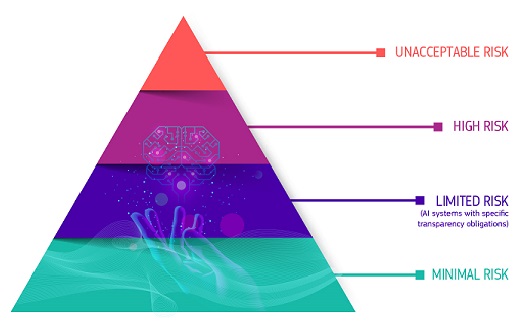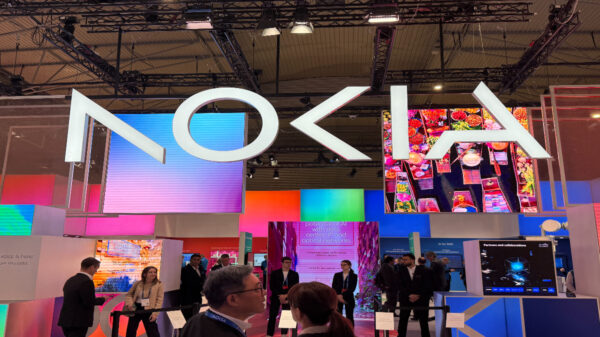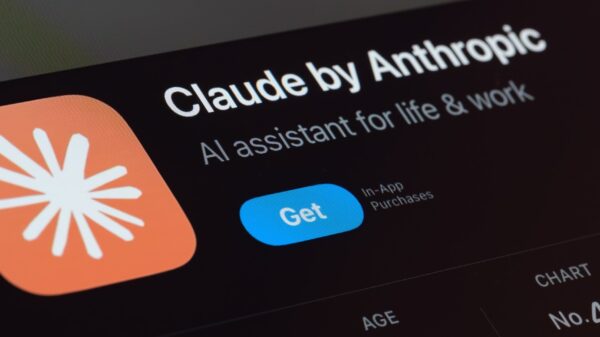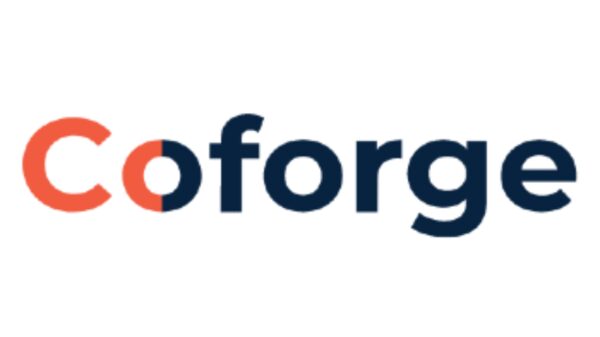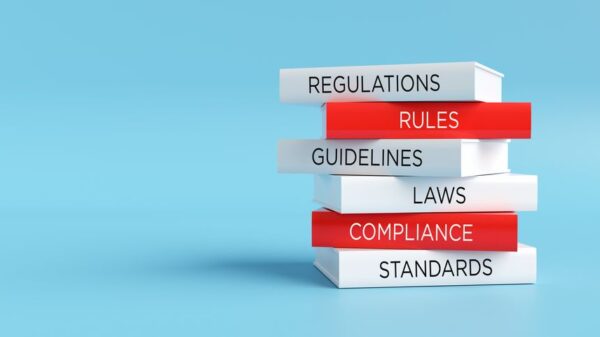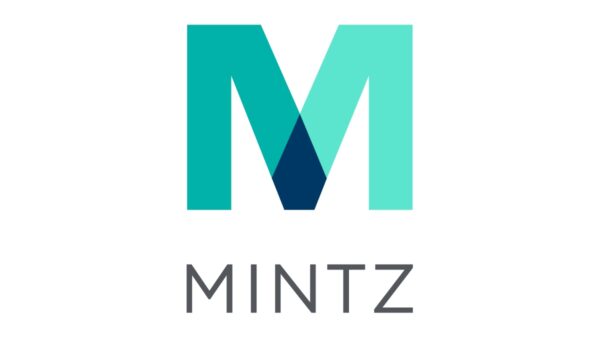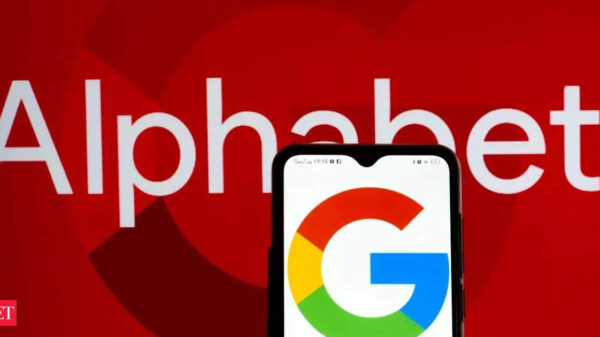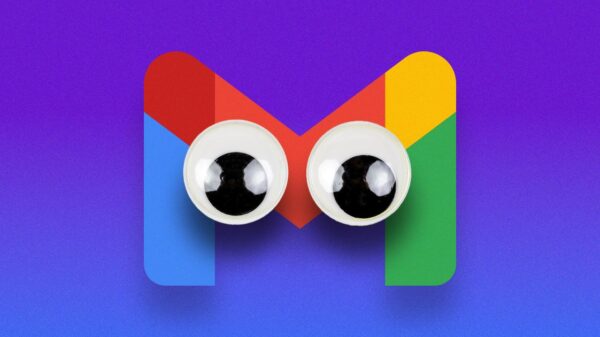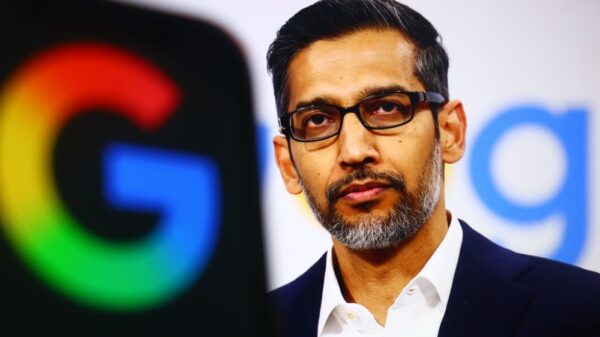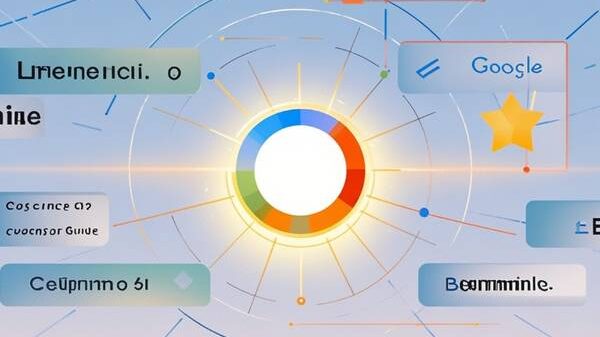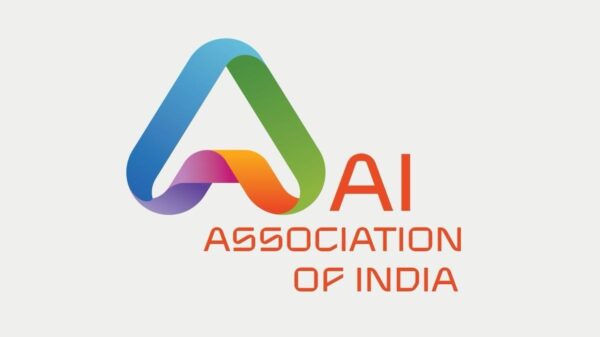In a significant move to enhance transparency, social media platforms such as Google-owned YouTube and Meta’s Facebook and Instagram have introduced features that require users to label content that has been generated or modified by artificial intelligence. This initiative follows the recent draft amendments published by the Ministry of Electronics and Information Technology (MeitY) in India, aimed at combating the proliferation of AI-generated deepfakes. The new regulations compel users to disclose AI-generated content and mandate platforms to develop technologies for verifying these disclosures.
Key Features
As part of compliance with the government directive, leading social media intermediaries (SSMIs) are focusing on implementing internal systems to filter unlabelled AI-generated content. The initial target for these measures includes platforms with over 5 million registered users in India. Currently, YouTube requires creators to disclose any meaningfully altered or synthetically generated content in specific scenarios. Similarly, Meta has introduced requirements for users on Facebook and Instagram to label content that features digitally generated or altered photorealistic audio and visuals. These labeling features aim to help users better understand the nature of the content they encounter on these platforms.
How the Tool Works
The introduction of these labeling features is a proactive step towards managing the integrity of content shared on social media. As mandated by the MeitY, users posting AI-generated or modified content must now include appropriate labels when sharing. This requirement ensures that consumers of content are made aware of its origins, potentially reducing the spread of misinformation that can arise from unlabelled AI content. In addition, social media platforms are expected to adopt technology capable of verifying these disclosures, enhancing the reliability of the information shared online.
Use Cases and Who It’s For
The implementation of these labeling features will benefit a wide range of users, including content creators, marketers, and everyday social media users. For content creators on platforms like YouTube, the requirement to disclose AI-generated content encourages transparency and helps maintain trust with their audiences. Marketers can leverage this transparency to build more ethical branding strategies. General users will benefit from being informed about the authenticity of the content they consume, fostering a more discerning approach to media consumption.
Limitations or Risks
While the new labeling system aims to address the issues surrounding AI-generated content, there are inherent limitations. One major concern is the effectiveness of the verification technologies that platforms must adopt. If these systems are not robust, there is a risk that misleading or unverified content could still circulate. Furthermore, the requirement for labeling could pose challenges for creators who may have to navigate complex guidelines to comply.
 AI Adoption Soars: IBM’s Agentic AI Delivers $4.5B Impact for 270K Employees
AI Adoption Soars: IBM’s Agentic AI Delivers $4.5B Impact for 270K Employees Mixboard Launches Nano Banana Pro Integration, Reducing Creative Workflow Disruptions by 23%
Mixboard Launches Nano Banana Pro Integration, Reducing Creative Workflow Disruptions by 23% Artificial Intelligence Association of India Launches to Drive Ethical AI Growth
Artificial Intelligence Association of India Launches to Drive Ethical AI Growth PHP Developers Embrace Rubix ML and PHP-ML for 2025’s Machine Learning Needs
PHP Developers Embrace Rubix ML and PHP-ML for 2025’s Machine Learning Needs

